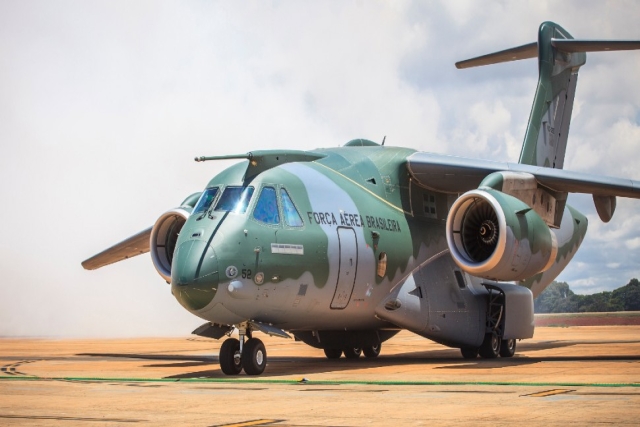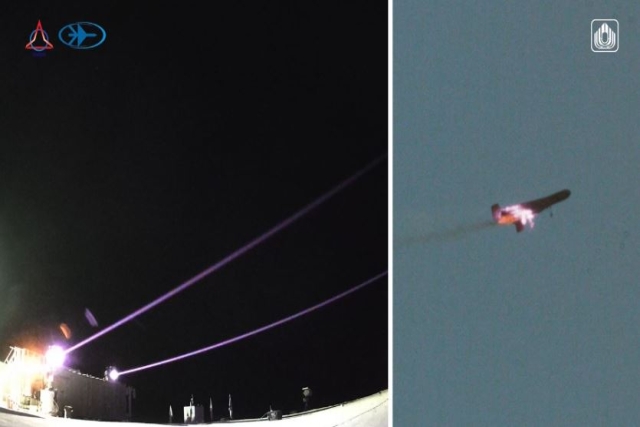F-35 Jet Missing After Pilot Ejects Following Mishap in U.S.

Today in South Carolina, an F-35B pilot conducted an ejection maneuver at approximately 2:00 PM local time north of Joint-Base Charleston and is presently unaccounted for.
The pilot successfully deployed their parachute and is currently in stable condition. However, what makes this incident particularly intriguing is that the advanced stealth fighter, from which the pilot ejected, remains unaccounted for.
The F-35B had taken off from Marine Corps Air Station Beaufort, a prominent hub for these cutting-edge aircraft within the USMC. It was part of a two-aircraft flight, with the other F-35B safely returning to MCAS Beaufort. The circumstances leading up to the pilot's ejection have not been disclosed.
According to information obtained from FAA data, efforts are underway to locate the missing aircraft in the vicinity of Lake Moultrie and Lake Marion. Senior Master Sergeant Heather Stanton from Joint Base Charleston confirmed these search operations. What adds a perplexing twist to this incident is the revelation from the Department of Defense that the F-35B was set on autopilot before the pilot ejected.
Although it may sound peculiar, situations where fighter aircraft continue flying independently for extended periods after the pilot has abandoned the cockpit are not without precedent. One notable example is the "Cornfield Bomber," an F-106 that safely touched down intact after its pilot ejected in 1970. Similarly, a Soviet MiG-23 flew from Poland to Belgium without its pilot in 1988 after an ejection shortly after takeoff.
In Navy carrier operations, instances have occurred where aircrew ejected due to various reasons, allowing the aircraft to recover from a stall or other issues, thanks to the loss of weight and shift in the center of gravity.
Regarding this particular incident, even the F-35B, which has a shorter range, could have covered significant distances on autopilot, contingent on its remaining fuel. This situation parallels a previous event involving a non-responsive Citation bizjet last June, where the crew and passengers remained aboard the aircraft.
The fact that there are no reports of a crash suggests that the F-35 may have descended in a sparsely populated area. If it ran out of fuel, the absence of a large fire or a massive crash would explain the lack of sightings. If it ended up in the Atlantic, the search becomes even more challenging.
Additionally, the aircraft's configuration and the functionality of its avionics systems could have hindered tracking efforts. F-35s typically use radar reflectors during transit flights and often carry AIM-9X missile rails. However, if the aircraft was in its full stealth configuration and experienced avionics issues, locating it could have proven quite troublesome.














